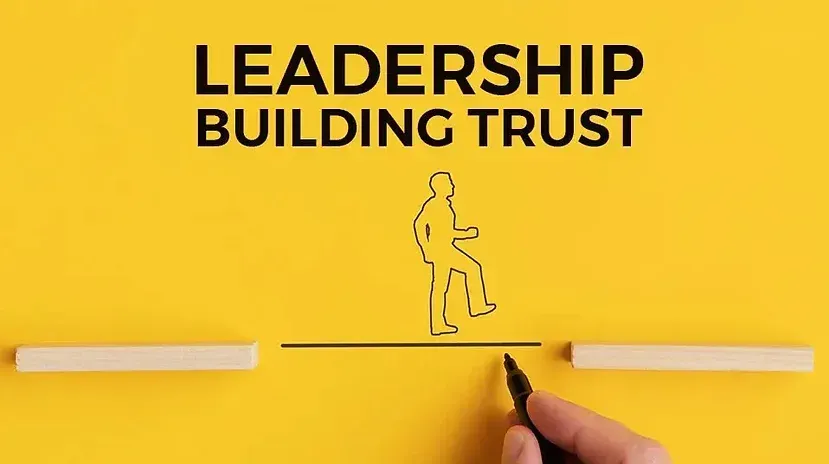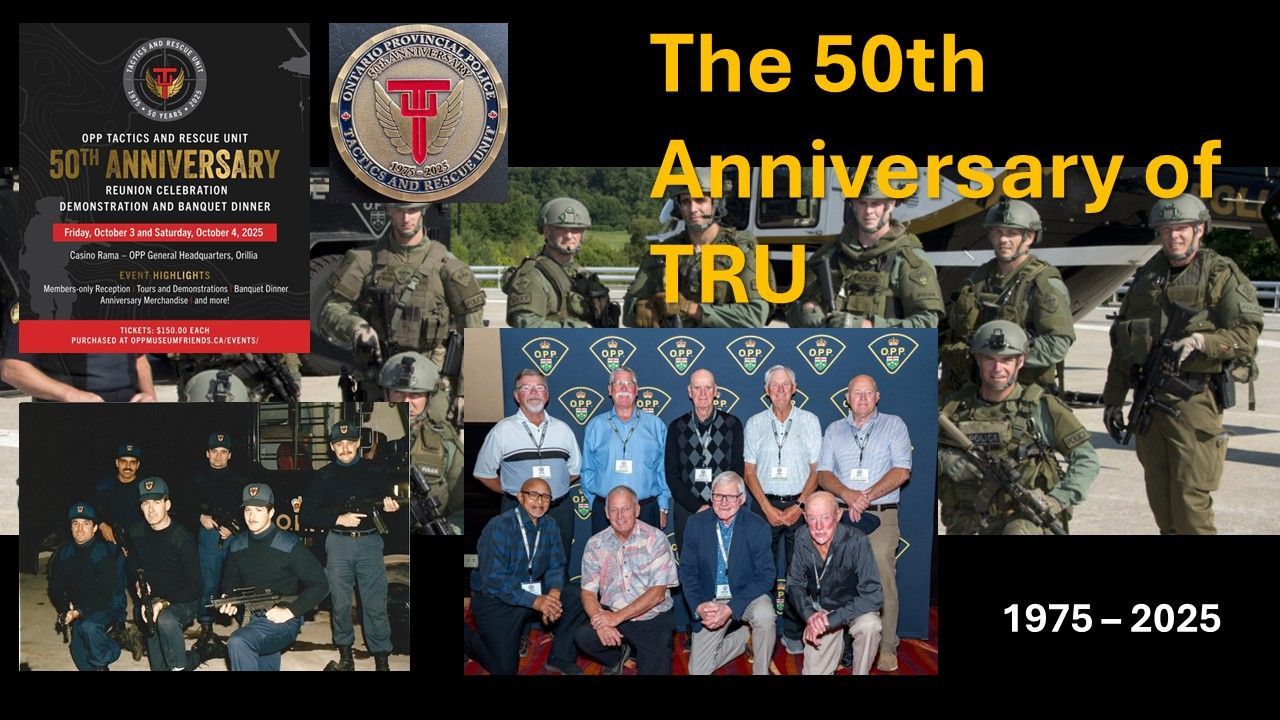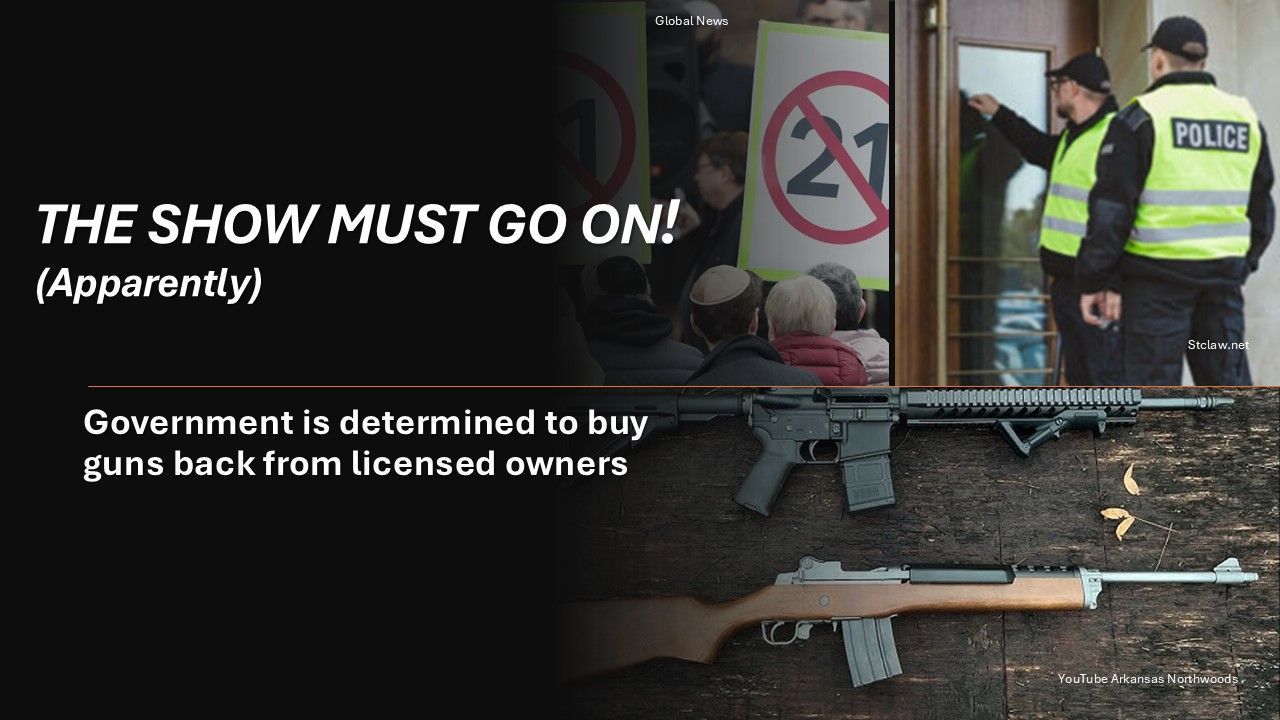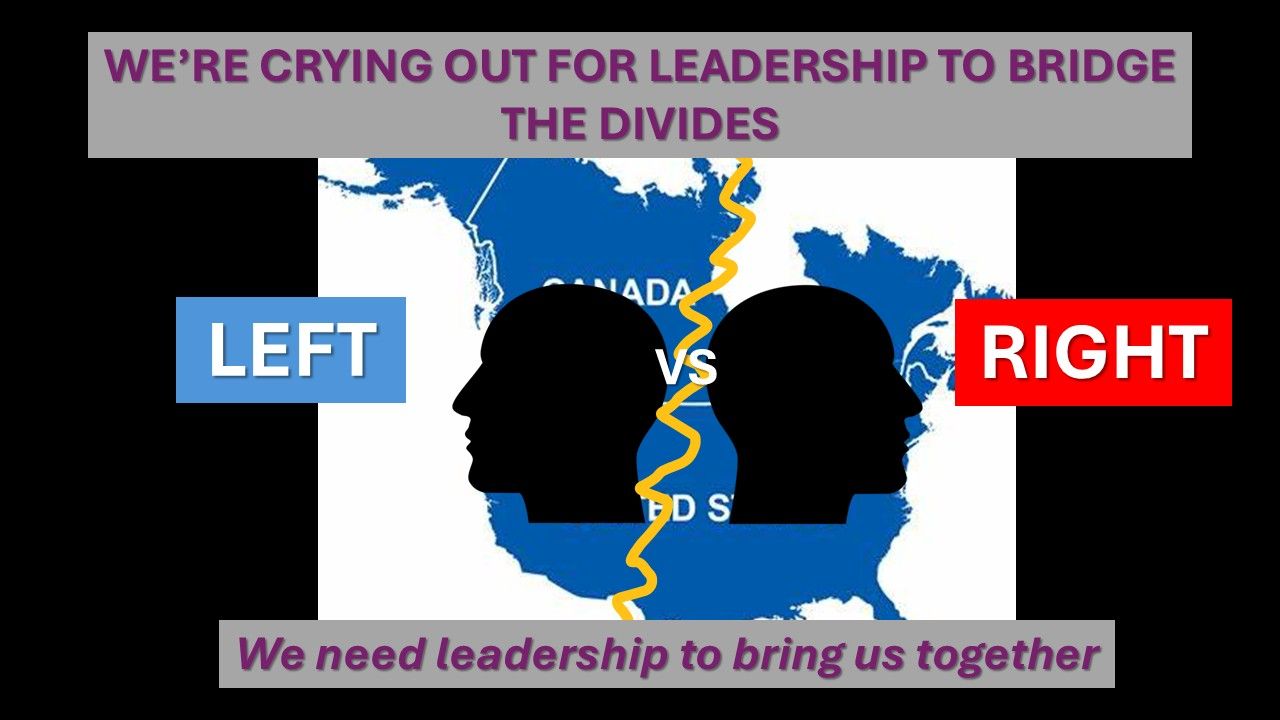New Paragraph
Over the past several years, there have been increasing levels of community and media discussion regarding reportedly waning levels of public trust in North American policing – particularly by but not isolated to, people of colour. Much of this has emerged from high-profile inappropriate acts of use of force by police officers – some being blatant criminal acts like the murder of George Floyd in Minneapolis Minnesota in 2020, which resulted in nationwide protests across the USA. Other well-publicized use of force events, although certainly questionable, were ruled to be legally justified, however remained quite concerning in the court of public opinion, particularly following the focus that came from the George Floyd tragedy. At the same any allegations of criminal behaviour police – on duty or off, receive a great deal of media and public focus, as do the disciplinary and or court processes to follow. All of them, whether proven to be false or not, leave a stain on the profession that the vast majority of honest and committed officers across the land are left to bear.
Although a number of polls have shown some recent increase in overall public trust in police since the 18 months since George Floyd’s death, it remains a serious issue of concern, and so it should. Police cannot survive without the trust of those they are sworn to serve. People are less likely to report crimes they have witnessed or suspect to police officers they do not trust to treat them fairly and with integrity, and or protect them from reprisal. And even more so, people will be very reluctant to disclose horrific details regarding cases where they have been victimized with public officials they do not trust. It also negatively impacts the profession in many other ways, including recruiting and retention issues.
Have police always committed unlawful acts but they are now better publicized through the various media platforms? Is it a failure in police recruiting processes? Are the questionable and blatant cases involving the use of force against people of colour indicative of systemic racism within police departments? Perhaps. Regardless of the causes, public trust is vital to effective policing and organizational strategies must be employed from top to bottom to sustain it.
As a student of and author/presenter on leadership, I feel it is critically important to examine the linkages between public trust in police and police leaders, as the public perception of police services is bigger than the members on patrol. I don’t believe there has been sufficient acknowledgment of the leadership impacts on these matters.
It is my belief that effective leadership can positively influence the morale of the workforce in any public sector organization or private enterprise, including policing. “Morale”, although difficult to define, ultimately impacts the productivity and performance of the workforce, as well as their behaviour, in terms of professionalism. In a police service, performance and professionalism weigh heavily in the development and sustainability of the trust of the public the agency serves.
“Trust” in the leaders of an organization is paramount to its success. Although only earned through effective leadership and not because of rank or position, if the men and women don’t trust the daily decision-making of their leaders, they can’t be expected to trust them in dire situations, and that lack of trust can lead to behavioural issues.
In my opinion, effective leadership and the morale of the organization are inextricably linked. Morale then impacts the professionalism and productivity of the organization’s members and how that productivity and trust can greatly influence public opinion and therefore the “trust” a community has in its police service, is key.
Morale
After 23 years in policing, in 2001 I was transferred into the Ontario Provincial Police (OPP) Eastern Region as its Commander. Following many years at General Headquarters (GHQ), I like a number of HQ colleagues, “thought” that I had a good grip on what was going on in our front-line operations. How wrong I was. I really had no idea and was about to have my mind opened on many fronts.
One of the many misconceptions I had was that morale was deplorable in our front-line detachments, particularly in the Eastern Region. “Morale” is an elusive beast in my experience, in that it’s next to impossible to measure, but the impacts can be profound where it’s poor. Over the several years prior, I’d commanded tactical and investigative units, largely comprised of hand-picked people. I was pretty spoiled in terms of being able to simply move the few poor-performers back to uniform when necessary without hesitation and never having to make the best of out of less than stellar and committed staff. I was determined to find out where morale was good or not, and why in my new are of command.
What I actually found after months of visiting detachments and through talking extensively to people from all ranks, was that although in fact morale was not rock-bottom, there was poor morale in some locations; extremely high morale in a few stations and there were pockets of high morale and low morale within others.
Factors Impacting on Morale in the Police Workplace
In my view, the factors impacting the level of morale there at that time, and largely throughout policing, was and is always related to one or more of three things, which hold true to this day:
1. Staffing levels.
There were detachments that were poorly staffed vis-à-vis workload. We had intentionally left positions open to offset budget shortfalls. Where four officers on a platoon were justified, at times only one or two were available. Where there should be sixty Constables in a detachment, at times only forty were posted there. Many officers were over-worked and therefore felt unsupported by their leaders.
2. Facilities.
That largely being infrastructure: technology, vehicles, equipment and buildings.
There were detachments that were in deplorable physical condition, as 1960’s era buildings were deteriorating and were built for a detachment complement that was half or less of the current staffing levels. In one detachment when the several Constables sat around the one or two computers in the main office at shift change, they could smell the toilets from the cell-block. Their police cruisers were in poor repair and there wasn’t enough staff to properly maintain a duty roster with adequate uniformed coverage. But surprisingly, morale there was high.
There was a similar station that was so old and run down that there was an infestation of rats in the building. Then the rats started disappearing because snakes were eating them. I kid you not. But the bottom-line was, despite the facility failings and poor staffing levels there, again, morale was high. Coincidentally, both of those detachments had strong leaders in command.
Conversely, there was a detachment that had a modern new building, newer cruisers and the staffing level was pretty good for their workload. But the morale there was rock-bottom. Other detachments, had high morale on some uniformed platoons and investigative units, low on others.
3. Leadership.
Almost without fail, the detachments or platoons having low morale – other impacting factors being relatively equal, suffered from the third factor, that being a lack of effective leadership. They had commander that seldom left their office; did not communicate effectively; picked favourites who could do no wrong and unfairly targeted others. They were not leaders in any way, shape or form. It became obvious that leadership was the over-riding factor. It raised morale in poor situations and lowered it in otherwise good conditions. It was abundantly clear to me that the effectiveness of leadership at that time directly impacted employee morale. The good leaders kept morale high and the weak, poor or non-existent leaders dragged it down.
Impacts of Morale
What is the impact of morale on a police service?
“Improving morale is good for business. The Gallup Organization estimates there are 22 million actively disengaged employees costing the American economy up to $350 billion per year in lost productivity, including absence, illness, and other problems that result when workers are unhappy at work. Leaders who keep their employees involved, engaged, and connected are ultimately improving business performance through their people. Employees want to believe their ideas are being heard and want to feel empowered to make decisions and changes in the workplace. Taking time to build relationships with employees through personal interactions is a key step that managers can take to keep morale high.” (Harrison, 2007)
When people think back on their careers, I’m sure most have had times when they felt better about themselves, the job and their organization than during others. Most of us have had peaks and valleys in our careers and personal lives, including weeks, months or even years where we felt so disconnected that we considered changing employers or professions. I was in that position myself – more than once in fact.
When people find themselves in a work-life “valley” so to speak, are they normally working for supervisors that inspire them? Do those leaders offer the confidence and support to be the best that the employees can be? Do they really care what motivates their subordinates as individuals, or what their strengths and weaknesses are? Do they do and say the right things and provide the right mentoring and encouragement for staff members to be successful? Likely not. It’s more probable that they provide little or none of that and in fact in some cases are guilty of deliberately trying to make the lives of some people a living hell.
Do people work their hardest and treat people they interact with professionally when their morale is in the toilet? Is that not the time when they do dumb things, slough off calls and conduct inadequate investigations as opposed to when feeling supported and inspired? It’s simple human nature to be more productive and professional when you go to work feeling good about your yourself and your organization.
In addition to the negative impacts low morale can have on the day-to-day performance and professionalism of police officers, i.e. attitude, public interaction and motivation, severe challenges can arise when leaders aren’t properly engaged and are not providing the best of leadership to those they lead.
If you closely examine any past major scandal in policing in North America, there has almost always been a leadership failing at some point in the chain of events. Somewhere along the timeline a supervisor or manager dropped the ball, either deliberately or because they just weren’t addressing issues and doing what they are paid to do. Those leadership failures could go as high as the Chief/Sheriff (or equivalent).
Not that poor leadership will turn a subordinate police officer into a thug; make them shake-down drug dealers or commit murders, but in the majority of these cases, when wrong-doings become public, officers are heard to say, “I knew something was going on”, or “It doesn’t surprise me knowing those guys.” In such cases, why didn’t some colleague officers report their observations and even more importantly, why didn’t supervisors see it coming and take proper action when allegations of impropriety surfaced? Why didn’t those in the chain of command appropriately act when they saw that some officers seldom left the office and rarely laid a charge, when they also knew certain officers were living well above their means financially? How were some officers allowed to spend 10 hours a shift surfing porn on the Internet without leaving the building? Where were supervisors and managers when the employee’s paperwork didn’t match their expenditures or when officers couldn’t account for their time?
I am not suggesting wilful blindness here, although at times that has been the case. Some of the officers involved in some of the more publicly known scandals, were in fact NCOs (or higher) themselves. We’ve all been guilty of trusting some subordinates more than we should. But most often, when these calamities arise and cause no end of embarrassment for a police service, some supervisors or managers, “leaders” in organizations, had neglected to do something along the path that could’ve mitigated or totally prevented the public shame.
Trust
“Trust” is a critical nexus to organizations ultimately earning and retaining public trust. Jim Burke, Former CEO, Johnson and Johnson said:
“You can’t have success without trust. The word trust embodies almost everything you can strive for that will help you succeed. You tell me any human relationship that works without trust, whether it is a marriage or a friendship or a social interaction; in the long run, the same thing is true about business, especially businesses that deal with the public.” (Constantino, 2011)
Trust impacts policing in a number of ways. The officers and personnel within the department can earn and sustain a level of public trust by their actions, on duty and off. As I have said a million times, there is a high expectation from the public that the police will be the “good guys” and incidents that portray the police in a negative light, deserved or not, totally shake public confidence in the officers as individuals and in police organizations. Unproductive and unprofessional police officers undoubtedly hurt public trust. The loss of public trust in a police service may not only result in witnesses and victims being reluctant to report crimes, but a relentless 24/7 negative focus of the media on a police organization is only one trust-impacting incident away.
The International Association of Chiefs of Police (IACP) Model Policy on Standards and Conduct states:
“Actions of officers that are inconsistent, incompatible, or in conflict with the values established by this agency negatively affect its reputation and that of its officers. Such actions and inactions thereby detract from the agency’s overall ability to effectively and efficiently protect the public, maintain peace and order, and conduct other essential business. Therefore, it is the policy of this law enforcement agency that officers conduct themselves at all times in a manner that reflects the ethical standards consistent with the rules contained in this policy and otherwise disseminated by this agency.” (IACP)
Public Trust
In 2011, I visited the Trinidad and Tobago Police Service and met with a number of senior officers there. They were in a state of rebuilding and rebranding that force. Following a number of scandals involving police corruption, they faced a tremendous uphill battle in earning public trust. One senior officer told me that the average citizen had the attitude that, “if you call the police they won’t come, and if they do, they’ll be corrupt anyway”. What a sad and difficult situation to recover from.
In a Message from the Director General entitled: “Management of the RCMP Disciplinary Process 2009-2010 Annual Report”, Chief Superintendent Richard Evans said:
“The Royal Canadian Mounted Police (RCMP) and indeed all law enforcement agencies in Canada depend on public trust to do their job well. When citizens start to question the actions of the police and that public trust is shaken, police work becomes immeasurably more difficult. This is readily apparent to the RCMP which works in communities, both large and small, all across Canada. Since local Mounties are well-known within their communities, any questionable police conduct will likely have a direct impact on the reputation of the local detachment. Law enforcement agencies depend on the willingness of the public to share information and provide assistance; neither will be forthcoming when citizens do not trust the police. Earning public trust may take years while its loss can take seconds. It is the foundation upon which rests the RCMP’s ability to protect Canadians and to enforce the law.” (RCMP website, undated)
That statement truly applies to all police departments across the world.
During a panel discussion at the 2012 International Conference for Police and Law Enforcement Executives in Seattle, Washington, in which I participated, Chief A.C. Roper of the Birmingham, Alabama Police Department said: “Community trust can be fragile. It is difficult to build and difficult to maintain. It requires a constant effort”.
The public deserves that effort.
Leadership and Trust
The issue of internal trust also impacts the ability of leaders to effectively lead and to ensure morale and thus professionalism and productivity remain high. That trust doesn’t come because a leader has rank or positional power, it has to be earned.
Trust in a leader isn’t earned overnight. For the most part, people don’t develop the trust of their leaders in crisis situations, but through their day-to-day interaction. Even when the level of trust is high, it can be impeded at the blink of an eye if leaders let their people down when things go bad, particularly if they try to pass the blame or fail to step up to the plate at the right time and in the proper way.
It’s not human nature to develop the level of trust police leaders require without a personal connection of some degree with the people they lead. Those leaders that sit in their offices, are seldom seen outside the building, rarely seen in the media, and don’t so much as say good morning to staff members in the hallways, are destined for failure.
How many times have police officers heard or said the words, “We never see him (or her)” in regards to a police leader. “He has never darkened the door of our office”. If the people don’t know the leader except for the photo on the police agency’s website or in its Annual Report, how are they ever going to develop any level of trust in him or her?
On the other hand, those leaders that take the time to casually chat with people, get to know them as much as possible by name and role, actually interact with them at public events or even in operational situations, will help develop that necessary connection.
In its 2012 “Professionalism in Policing Research Project” paper, the Canadian Association of Chiefs of Police (CACP) stated:
“A number of questions suggest that police officers do not believe that the organization or its senior managers take an interest in their concerns. Lack of support is related to reduced trust and lower commitment to the organization’s success. To enhance support, police agencies need to communicate their concern for employees’ well-being, solicit employees’ input on decisions affecting them and provide support for employees’ goals.” (Maguire/Dyke, 2012)
The same principle holds true in terms of police leadership and the trust in him or her by the community. Open, transparent communication with media, public and governing entities; meeting with them as appropriate and being front and centre in good times and in bad, is a big part of a Chief’s role. Then ensuring a similar and consistent leadership culture throughout the organization is a must.
If the leader isn’t seen publicly except to shake hands, hand out awards and kiss babies on occasion, and isn’t regularly heard speaking in response to various policing and public safety issues, when the chips are down the public isn’t likely to say “Hey, that’s our Chief. We’re going to be okay.”
As well, the quality of investigations and response times isn’t just the responsibility of the officers on the road. All supervisors have an important role to ensure quality service is delivered and to guarantee that the members are properly resourced, trained, equipped, supported and led to be successful in doing what they do. The leaders cannot simply tell governing authorities and the public that it’s “Not my fault”, but the fault of their employees. The buck should always stop at the top.
Then once earned, trust has to be retained, for the leader to succeed. Day after day, year after year, the concerted effort on the part of the leader has to be there. Asa result, when the big and challenging event occurs, those being led will walk through broken glass to get the job done, because the leader that they trust so much will be there with them, will give them direction that they are confident in and if things go bad (and they will), he or she will stand tall, take the blame and support them through it. When things go well (and they most often do), he or she will allow the light of success shine on those being led.
CONCLUSION
In summary, I contend that morale profoundly impacts productivity and professionalism, which then impacts public trust. Public trust greatly influences the success of the police service, which in turn further builds the trust of the public. Key to all of this, is the ability of the leader to build the trust of the employees he or she leads and the community being served, therefore keeping morale and public trust both high. “Leadership” therefore is the lynch-pin to public trust.
We therefore have to develop, select and promote police leaders that truly understand that and are committed to live by that model.
Chris D. Lewis was a police officer for 36 years, retiring as the 13th Commissioner of the Ontario Provincial Police (OPP), one of North America’s largest police services.
Including excerpts from Never Stop on a Hill (2016) by Chris D. Lewis and Impacts of Leadership on Professionalism and Public Trust in Policing, (April 23, 2012) Professional Standards in Policing (POL-4001-12W-20293), Georgian College by Chris Lewis.

___________________________
[i] Harrison, T., Change Morale Improve Productivity. InTech. May 2007. Retrieved from http://www.isa.org/InTechTemplate.cfm?Section=Career_Front1&template=/ContentManagement/ContentDisplay.cfm&ContentID=61426
[ii] Constantino, J., How Do You Build Trust. Business Marketing Success. March 2011. Retrieved from http://businessmarketingsuccess.com/2011/03/22/how-do-you-build-trust
[iii] Model Policy on Standards of Conduct. IACP National Law Enforcement Policy Center. (undated). Retrieved from http://www.theiacp.org/PoliceServices/ProfessionalAssistance/Ethics/ModelPolicyonStandardsofConduct/tabid/196/Default.aspx
[iv] Message from the Director General, Annual Report Management of the RCMP Disciplinary Process. 2011. Retrieved from http://www.rcmp-grc.gc.ca/pubs/adj/ann-09-10/report-rapport-eng.pdf
[v] Maguire, S., Dyke, L., CACP Professionalism in Policing Research Project - Survey Results. June 2012. Retrieved from http://www.cacp.ca/media/library/download/1242/Survey_Results.pdf




